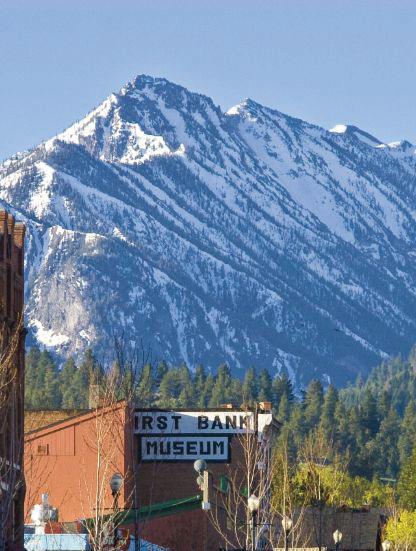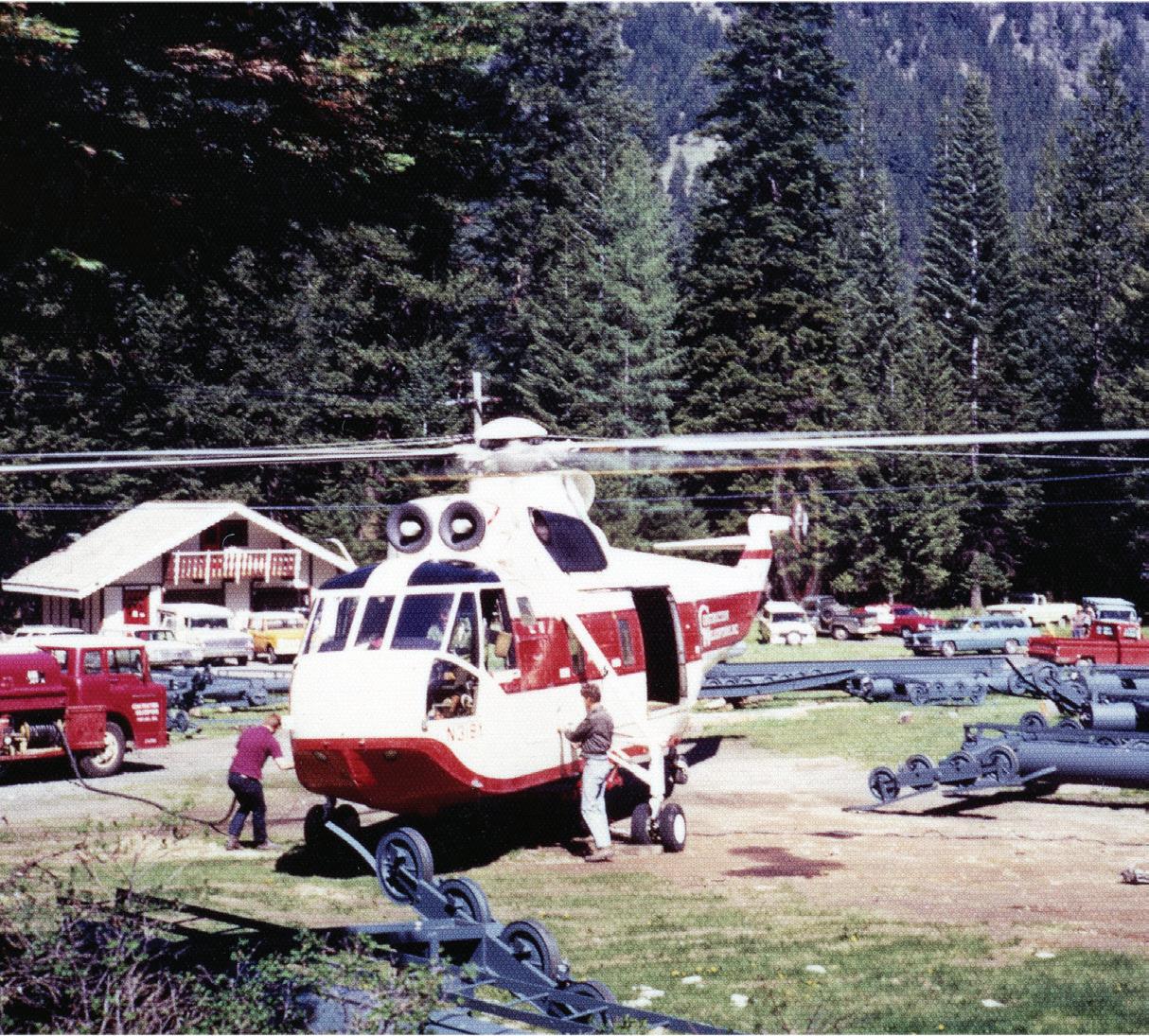
2 minute read
D iscover
10 Wildlife species
• Mule deer
• White tailed deer
• American badger
• Yellow-bellied marmot
• Belding’s ground squirrel
• Golden mantled ground squirrel
• Jackrabbit
• Snowshoe hare
• Weasel
• Red fox
10 Birds
• Bald eagle
• Golden eagle
• Red-tailed hawk
• Rough-legged hawk
• Northern goshawk
• Mountain bluebird
• Downy woodpecker
• Pileated woodpecker
• Western meadowlark
• Horned Lark
10 Native flowering plants

• Blanketflower
• Penstemon
• Yellowbell
• Grass widow
• Wallowa paintbrush
• Lupine
• Wild Rose
• Arrowleaf balsamroot
• Heartleaf arnica
• Calypso lily
Wallowa Lake including moisture and the benefits of grazing to grassland restoration. Initially, low-voltage electric fences will define pasture boundaries. More permanent fencing may come later. Alternatively, “virtual fencing,” a technique that trains collared mother cows to respond to radio signals and limit the area they graze, may be employed. This would reduce the need for fencing and also keep livestock out of wetlands and other sensitive areas.
Aerial view of the Wallowa Lake moraines. The inner-most moraines are about 19,000 years old. At that time, a glacier filled what is Wallowa Lake now.
For more information about the East Moraine Community Forest: Wisit https://co.wallowa.or.us/east-moraine-community-forest/ where you can download the complete, 106-page management plan as a PDF. The document includes maps, history, and more detailed descriptions of wildlife, plants, forests and grassland.
Getting there
There are only two access points to the trails on the East Moraine. Both provide large, informative interpretive signs that include a map of trails and other features.
The easiest to find is a silver-colored gate about 1.4 miles north of Wallowa Lake Lodge along the Wallowa Lake Highway (OR 351.) A pull-out/parking area on the east side of the road marks the spot. From there it’s a hike of about 1.5 miles and a climb of about 750 feet to reach to grassy landscape atop the moraine.
The second access point is on the east side of the East Moraine. To reach it, drive about 3.9 miles east from Joseph on the Imnaha Highway (OR 350), turn south (right) on Liberty Road and continue 2.4 miles to Turner Lane. Turn west (right) on Turner Lane. The parking lot and trail up the moraine is at the end of the road. From here it’s about 1.3 miles and a 650-foot climb to the top.
Rules
Wallowa County and the East Moraine Community Forest Partnership have implemented the following rules for those accessing the East Moraine:
• No motorized vehicle access for recreational purposes, including four-wheelers, side-by-sides, golf carts, ATVs, dirt bikes, motorcycles, off-road vehicles, snowmobiles, or electric bikes.
• Motorized access is allowed for maintenance, management, or with a limited use permit.
• No overnight camping.
• Pets allowed, but must be on leash at all times. This is especially critical in the spring and early summer when mule deer fawns and other young, vulnerable animals are present.
• No smoking and no fires.
• No recreational trapping.






















